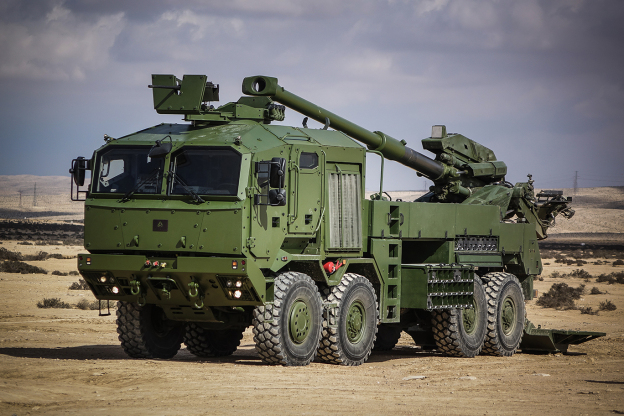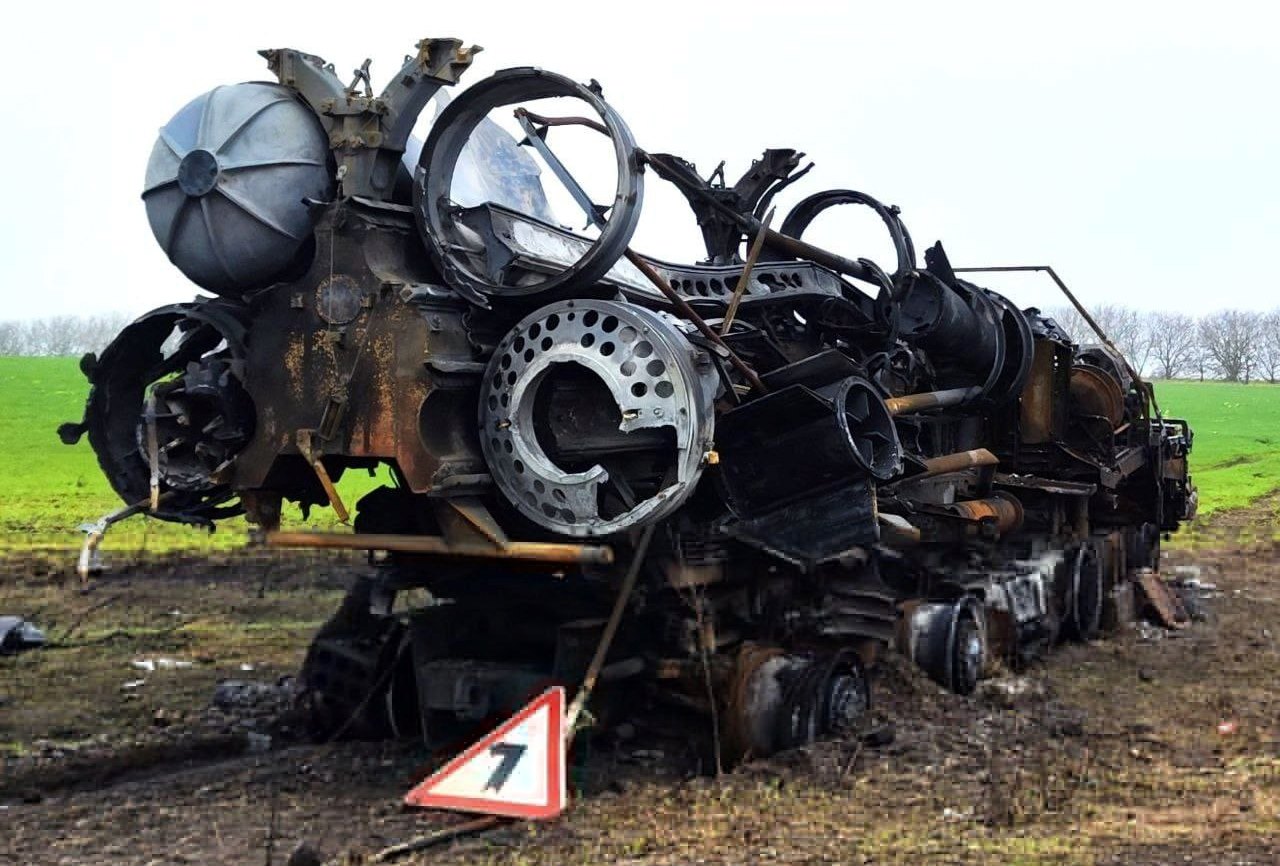In June, Taiwan’s Ministry of National Defense (MND) reported tracking 241 instances of Chinese military activity, with 132 aircraft and 109 naval/coast guard vessels entering Taiwan's air and maritime zones. Between 6 a.m. on June 12 and 6 a.m. on June 13, 23 Chinese aircraft and seven naval vessels were detected near Taiwan, with 19 aircraft crossing the median line into Taiwan’s eastern and southwestern air defense identification zone (ADIZ). In response, Taiwan deployed fighters, naval ships, and coastal missile systems.
In a separate incident, a Chinese man was arrested after illegally entering Taiwanese waters on a speedboat. The man, identified as 60-year-old former Chinese navy captain Ruan, was suspected of testing Taiwan’s defenses. Despite being detected, no action was taken until the boat disrupted ferry traffic on the Tamsui River.
Taiwan’s Ocean Affairs Council Chairman, Kuan Bi-ling, described Ruan as “quite refined and well-presented.” Chinese authorities claimed Ruan acted independently and would be punished upon his return.
China views Taiwan as a renegade province and tensions are high. Taiwan’s Defense Minister, Wellington Koo, suggested the incident might be part of China’s “grey zone” tactics, which aim to exhaust the enemy without direct confrontation. Similar incidents have occurred, with Chinese fishing boats often expelled from Taiwan-controlled waters.
Taiwan’s Coast Guard Administration (CGA) faced criticism for failing to intercept Ruan’s boat, leading to the reprimand of about 10 officials. CGA Director-General Chang Chung-lung cited human error, not system flaws, as the cause. Radar operators initially mistook the speedboat for a Taiwanese fishing vessel.
China’s frequent incursions and the recent speedboat incident highlight the growing tension and the need for vigilant defense measures around Taiwan’s waters.




:quality(70)/cloudfront-us-east-1.images.arcpublishing.com/archetype/6NMORPGQGRE33DQZTZ2FHSMAZU.jpg)



